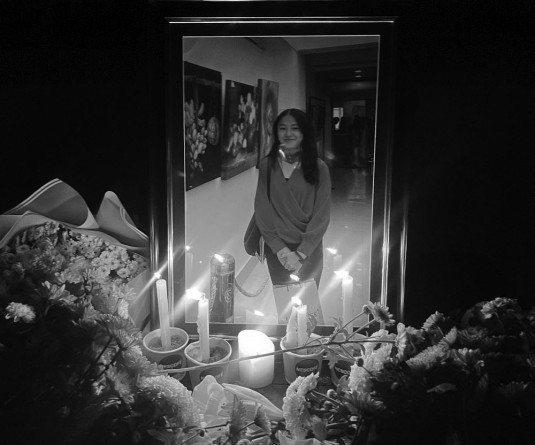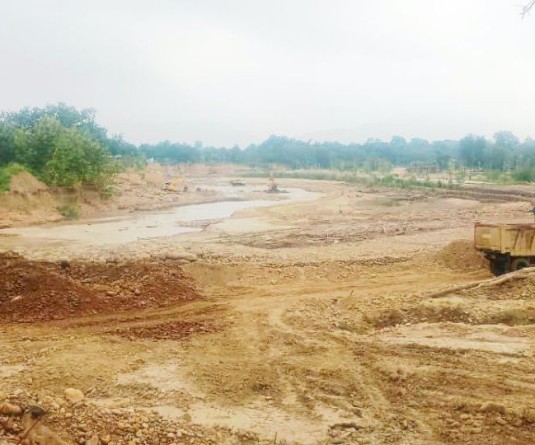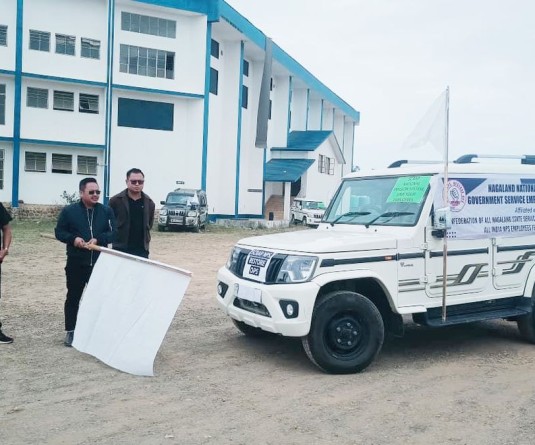
Morung Express News
Dimapur | January 24
DIMAPEX-19 or Dimapur District Philatelic Exhibition 2019 was inaugurated by Deputy Commissioner Dimapur, Kevekha Kevin Zehol at Livingstone Foundation Higher Secondary School, Dimapur on Thursday.
The exhibition showcasing stamp collections, organised by the Nagaland division of the Postal Department Nagaland Division, included the release of Special Cover Stamps commemorating 100 years of World War I; Naga Labour Corps to France; and 25 years of All Nagaland Private Schools’ Association.
On the release of the Special Covers, the Dimapur DC stated that it was pertinent that the Naga Labour Corps be honoured in a significant manner. He also noted that the private schools in the state were faring better than government schools. Zehol observed that government schools were hardly seen among the top 20 positions in HSLC/HSSLC exams despite having qualified and well paid teachers. He added that it was time to find ways towards improving the performance of government schools.
The DC also emphasized on the importance of inculcating a good hobby stating that it could also lead to creativity.
Superintendent of Posts, Nagaland, Lalramzauva and ANPSA President, Andrew Ahoto also addressed the gathering, following which the Dimapur DC inaugurated the exhibition.
Speaking during the same programme, Convenor, World War I, Sumi Naga Labour Corps Association, Dr. H. Hotokhu Chishi likened those who went to France as having sowed the seeds of Naga political identity in 1918 which sprouted in the memo submission to the Simon Commission in 1929; and formation of the NNC in 1946. He said the Government of India should realize that Nagas had their concept of political identity in 1918.
Dr. Hotokhu said that the British took Nagas to war for three main reasons: to incite fear in the minds of the German allied forces as the British sent propaganda that Nagas were savage; to be used as labourers and; Nagas were ordered to act in traditional manner with machete and spear.
Although it is not clear regarding how many died, bodies returned or came back alive, Dr. Hotokhu maintained that Nagas left for France in two groups – first group left on April 21, 1917 and reached France on June 21, 1917 while the second group left in the first week of May 1917 and reached France on July 22, 1917. He said the Naga Labour Corps returned home during the second week of June 1918.
The 2000 Nagas comprised of 1000 Sumis, 400 Lothas, 200 Aos, 200 Rengmas and 200 Changs, including those from upper part of Tuensang, he added. Dr. Hotokhu also informed that 35 Naga graves have been identified in various foreign lands, including five in Tunisia. He said that out of 1000 Sumis, the identities of 718 have been confirmed so far.
“Hundreds of Nagas died in foreign land and nobody is talking about them. What is this? Why are Nagas not talking about it?” Dr. Hotokhu wondered. Dr Chishi also urged against creating controversy on the Naga Club’s history and instead accord respect to those who established it.
He observed that there was a misconception that the Naga went to France solely as labourers and to earn money but during that time they were told to take the best machete and spear. “If they were taken as manual labourers why were they asked to carry machete and spear?” he queried and added that the Nagas were taken to France not only as labourers but to fight. He substantiated this statement informing that a certain Sumi who was a leader among the 2000 labourers beheaded 24 German.
Dr. Hotokhu asserted that since Sumis were the majority among the 2000 labourers, the descendents of those Sumis who joined the Corps were taking the lead in tracing the identities and their ordeal as verbally passed on to their lineage.



.jpg)


